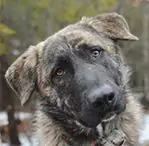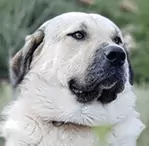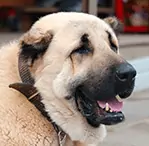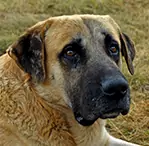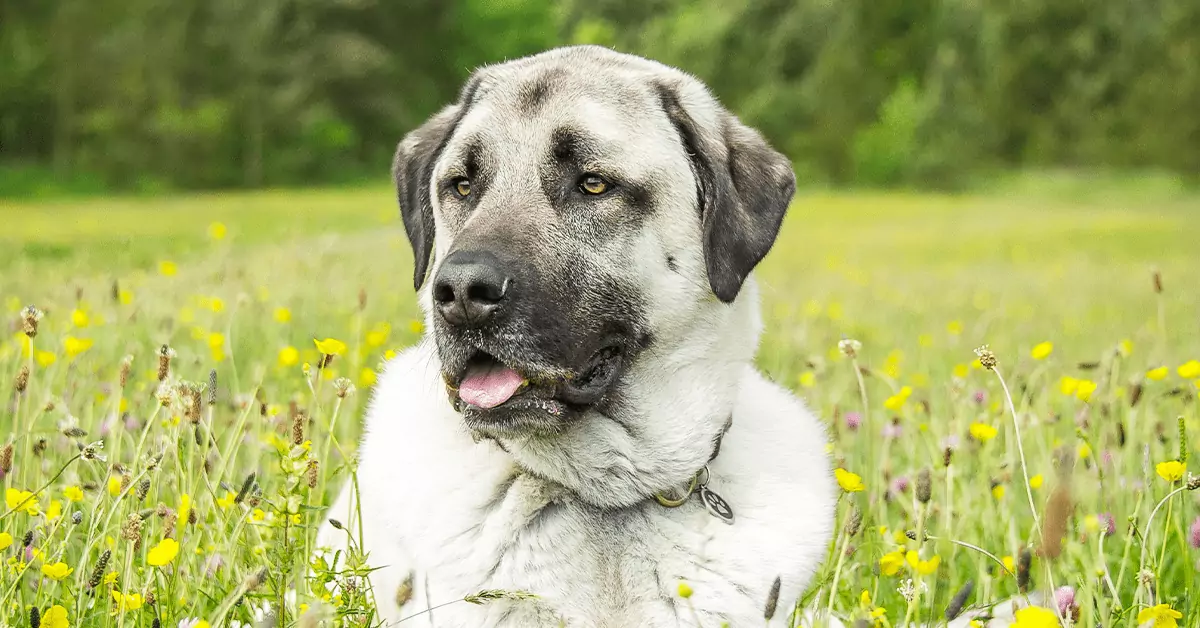
Meet the Anatolian Shepherd
Pawesome Protector
Furbulous Farmhand
Low-Maintenance Looks
My Many Looks
My Breed Characteristics
Furbulous Fact
As I Grow Up
History of My Breed
Care Tips
Training Tips
Personality
Alert
Calm
Loyal
Group
Working
Origin
Turkey
Life Span
11-13 Years
Breed Popularity
#85 of 195
Height Range
27-29 Inches
Weight Range
80-150 Pounds
Coat Details
Type
Medium-length
Texture
Rough Outercoat & Thick Undercoat
Features
Double Coat
Colors
Biscuit & White, Blue Fawn, Brindle, Fawn, Gray Fawn, Liver, Red Fawn, White Markings: Black
Hypoallergenic
Cost to Buy
$500-$2,000
Lifetime Care Cost
$25,910
My Many Looks
My Breed Characteristics
Furbulous Fact
As I Grow Up

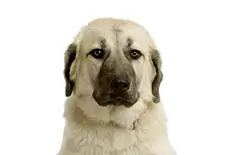
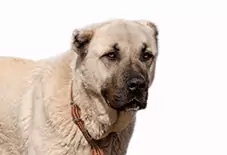
History of My Breed
Care Tips
from Dr. Jessica Greenberg, Associate VeterinarianBe careful with anesthesia – Anatolians are sensitive to it.
Anatolian Shepherds are more sensitive to both general and injectable anesthetic drugs. While anesthesia is still an option for this breed, brushing your dog’s teeth can help reduce the likelihood that they’ll need a dental cleaning under anesthesia.
Watch for signs of Gastric Dilation Volvulis (aka bloat).
As with many large breed dogs, Anatolian Shepherds could develop Gastric Dilation Volvulus or GDV. GDV is a life-threatening emergency where the stomach becomes distended with gas and twists on itself. While the exact cause isn’t known, managing how quickly your dog eats or drinks seems to help. Make sure you understand the signs of GDV and have a plan in place to quickly get your dog to a veterinarian.
Pay attention to your Anatolian Shepherd’s eyelids.
Anatolians are prone to a condition called entropion, where a part of the eyelid is turned inward causing the eyelashes to rub against and irritate the eye. This condition typically occurs within the first 24 months. If you’re seeing any irritation around the eye make sure to schedule an exam with your veterinarian. Entropion typically requires surgery to repair but your veterinarian can talk you through the options.
Training Tips
from Dr. Jessica Greenberg, Associate VeterinarianTraining your Anatolian requires patience.
Anatolian Shepherds are a very intelligent breed, but they tend to act puppyish longer than usual. They are also very stubborn and want to be the leader of the pack. Patience and consistency are key when training.
Positive reinforcement works best.
Anatolian Shepherds are very sensitive dogs. If you mistreat them while training, you are doing things wrong. For successful and productive training, use clickers, treats, and toys every time you see them making progress.
Socialize your Anatolian Shepherd early.
Anatolian Shepherds tend to be overprotective towards their family and very angry towards strangers. Early socialization around humans is necessary. Taking them everywhere you go when they are puppies is one of the ways to go.
My Many Looks
My Breed Characteristics
Furbulous Fact
As I Grow Up
History of My Breed
Care Tips
Training Tips
-
Personality
Alert
Calm
Loyal
-
Group
Working
-
Origin
Turkey
-
Life Span
11-13 Years
-
Breed Popularity
#85 of 195
-
Height Range
27-29 Inches
-
Weight Range
80-150 Pounds
-
动物皮毛
Type
Medium-length
Texture
Rough Outercoat & Thick Undercoat
Features
Double Coat
Colors
Biscuit & White, Blue Fawn, Brindle, Fawn, Gray Fawn, Liver, Red Fawn, White Markings: Black
-
Hypoallergenic
-
Cost to Buy
$500-$2,000
-
Lifetime Care Cost
$25,910
